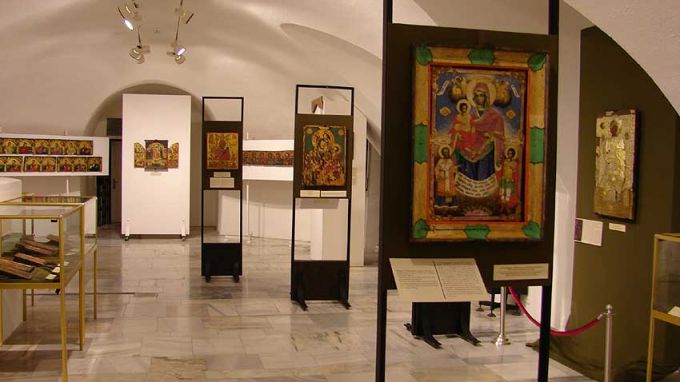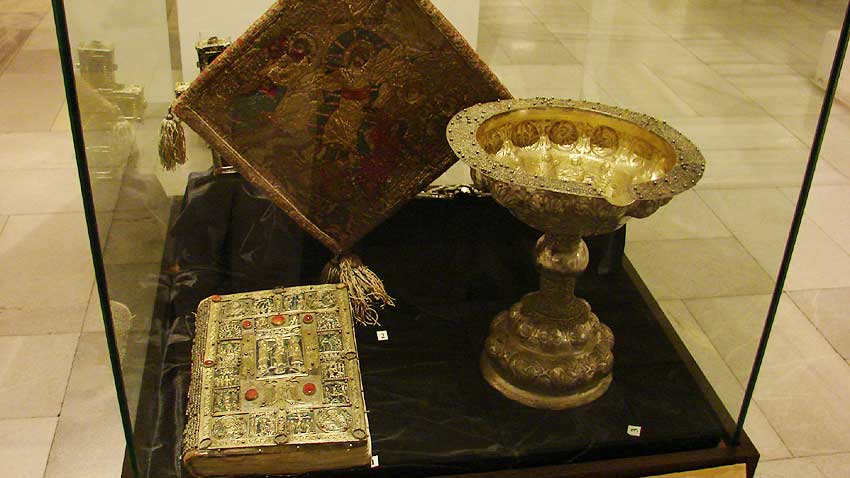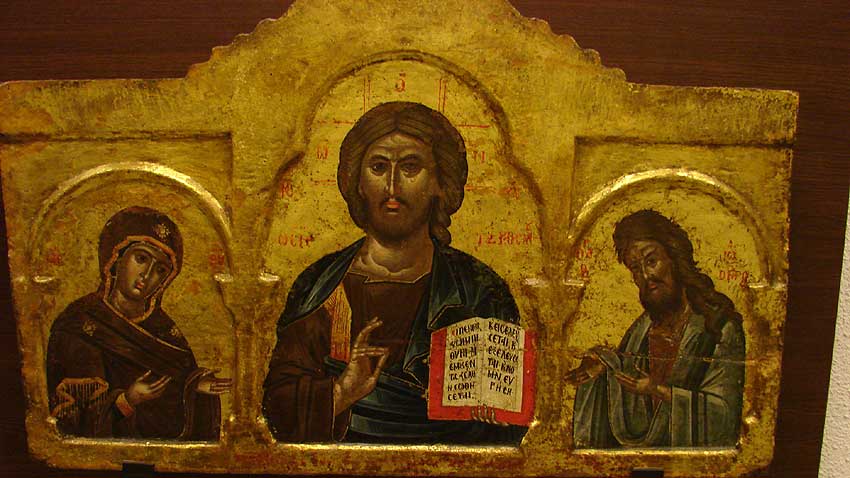 12
12
A unique collection of Ethiopian icons will be put on display in the crypt of the St. Alexander Nevski cathedral to mark the 50th jubilee of the Museum of Christian Art next year. The exhibits, which are from the museum’s fund have never been shown before. Back in the 1980’s the Ministry of Foreign Affairs donated icons and scrolls which will now be open to visitors.

But is the Museum of Christian Art popular and how many people go to see it? Here is the answer from Ass. Prof. Ralitsa Rousseva – chief curator of the museum and member of the Bulgarian Academy of Sciences Institute of Art Studies.

“We offer the entire array of Bulgaria’s cultural heritage. No official delegation coming to the country – presidents, foremost writers and artists from all over the world – has ever given the crypt a miss. And not just Orthodox Christians but also people of all religious denominations come to see the exhibits here.”
As far as restoration goes, some of the exhibits used to be in a deplorable state. But with the help of the National Art Gallery laboratory and its icon restorers, now they are much improved.

“The oldest wooden icon is Jesus Pantocrator. Actually, it was divided into three icons because of the complexity of the restoration work,” says Ass. Prof. Rousseva further. “The exhibit dates back to the 11th century. The oldest artifact in the crypt is a fragment of a 5th century fresco, we also have a small ceramic icon from Preslav which is from the 9th-10th century. The exposition covers a period from the 5th to the end of the 19th century.”

What will the jubilee celebrations include?
“We are now working on the patronage but the celebrations open next year. The first exhibition will display masterpieces of religious art marking the individual medieval periods. They are not currently in the crypt. The next exposition will be of Ethiopian Christian art i.e. we will present a country entirely unknown to Bulgarians. Moreover, we are working on a designated website for the crypt. We will also publish a catalogue presenting the collection that has constantly been enriched for 50 years.”
English version: Milena Daynova
Photos: Deyana BorissovaOn that day the Saviour hosted the traditional Passover meal for the Jewish people at the home of a Jerusalemite. Before the meal, as a sign of respect, He washed the apostles' feet and said, "I did not come to be served, but to serve". At the table,..
The attack in the "St. Nedelya" cathedral on April 16, 1925 is the deadliest terrorist act in the history of Bulgaria. It took place on Maundy Thursday and in terms of its brutality and premeditation, it has no analogue. During Holy..
On the day of Holy Wednesday, one of the last events before the saving sufferings for humanity of the Son of God is remembered. In her sincere repentance, a sinner managed to enter the house where Christ was staying and, wishing to testify to her..
The attack in the "St. Nedelya" cathedral on April 16, 1925 is the deadliest terrorist act in the history of Bulgaria. It took place on..
On that day the Saviour hosted the traditional Passover meal for the Jewish people at the home of a Jerusalemite. Before the meal, as a sign of respect, He..

+359 2 9336 661
